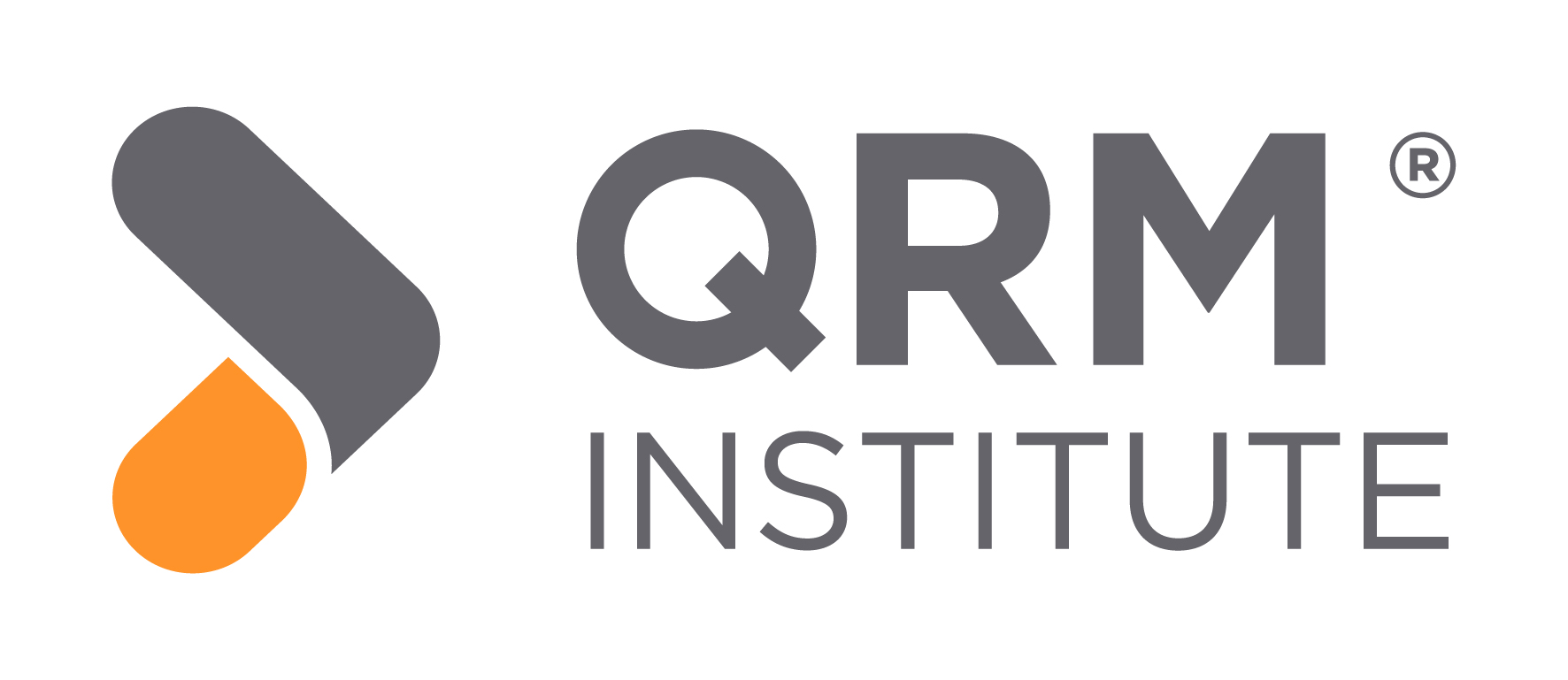QRM from an employee’s perspective, or ‘WIIFM?’

By Charlene Yauch – Associate Director, Center for Quick Response Manufacturing
Prior to implementing Quick Response Manufacturing (QRM) cells, management should spend some time preparing answers to the WIIFM question. So, what exactly is this ‘WIIFM’?
WIIFM stands for ‘What’s in it for me?’ – in other words, it is important to consider the employees’ perspectives and think through what’s in it for them as you are designing production and office cells.
Let’s first consider production cells
To create a production cell, you identify a focused target market segment (FTMS) for which lead time reduction will make a significant impact on customers and/or internal results. Then, you determine what processes or tasks are needed to produce the products in the FTMS. You relocate equipment and workstations to put them in close proximity and create a work area for the products to move short distances and where the cell team can flexibly move between tasks as needed and easily communicate with one another. By creating the production cell, the responsibilities of the cell operator have considerably changed. Instead of working on one task or process type for long periods of time, the cell worker now must be cross-trained and adaptable to move to where he/she is most needed. The cell team also typically picks up previously indirect tasks such as inspection, material handling, ordering materials, etc.
We advise companies to seek volunteers when creating their first cells to ensure that the cell workers are motivated to work in new ways. So, what’s in it for them? Here is a brief list of what may motivate workers to volunteer to work in a cell:
- Esteem, Purpose, and Appreciation: being chosen to work in the cell may boost someone’s ego, give them a greater sense of purpose due to helping the organization improve, and provide explicit recognition/appreciation from managers
- Socialization: working closely with a team can provide more social interaction than traditional jobs
- Physical reasons: doing a greater variety of tasks can reduce the repetitiveness of traditional work and may alleviate some aches/pains/injuries; there may be a greater share of cognitive work in the cell
- Growth: working in a cell generally means that workers need to learn a broader range of skills; for many people, this type of growth and development makes work more interesting
- Ownership resulting in more control: people appreciate having some control over planning and decision making, and cell teams are generally given much more autonomy than traditional workers
Consider adding extrinsic motivators
The items listed above are intrinsic motivators. The volunteers may recognize these things and be eager to try something new. However, many workers are not going to pick up on these aspects and/or may feel that the company is taking advantage of them if some extrinsic motivators are not also provided. So, what else is in it for them? At many companies, cell workers are paid more than traditional ones. This could be through a skill-based pay system that rewards people more for the greater breadth of knowledge achieved, or it could just be due to the higher expectations related to teamwork and accountability. If higher pay accompanies the intrinsic motivators above, the cell work can be highly rewarding. If the company attempts to pay people using traditional job categories and pay rates, the workers are not likely to be satisfied with the new arrangement.
What about quick response office cells (Q-ROC’S)?
Are they different? Yes and no. Employees in office cells are still working as a multi-functional team focused on a particular market segment. They are still expected to cross-train and be able to help out on a variety of tasks as needed. They may experience any or all of the intrinsic motivators listed above related to cell work. But, these employees often start out with greater educational credentials and higher salaries. Do they need extrinsic motivation as well? Possibly. There is still a change in the expectations for these employees. They are still ‘guinea pigs’ in the new way of organizing and conducting work. Because of this, I feel that extrinsic motivation is helpful in the office as well.
Extrinsic motivation for salaried employees can be accomplished in a variety of ways. It could mean higher wages or salaries, but it might also be provided through bonuses, gainsharing, profit sharing, periodic raises, or other tangible means. It needs to be clear to employees how their efforts are being recognized and rewarded. Without this element, the intrinsic motivators may not be sufficient to satisfy these employees.
What about impact on the ‘bottom line’?
Managers often worry about the increased cost of these extrinsic motivators, but companies that have implemented QRM have discovered that even though salaries and wages have increased, overall personnel costs have declined due to increased productivity. So, avoid traditional cost-based thinking related to employee compensation and put considerable effort into thinking through the lens of WIIFM, namely WIIFT – ‘What’s in it for them’!
Source: https://qrm.engr.wisc.edu/
